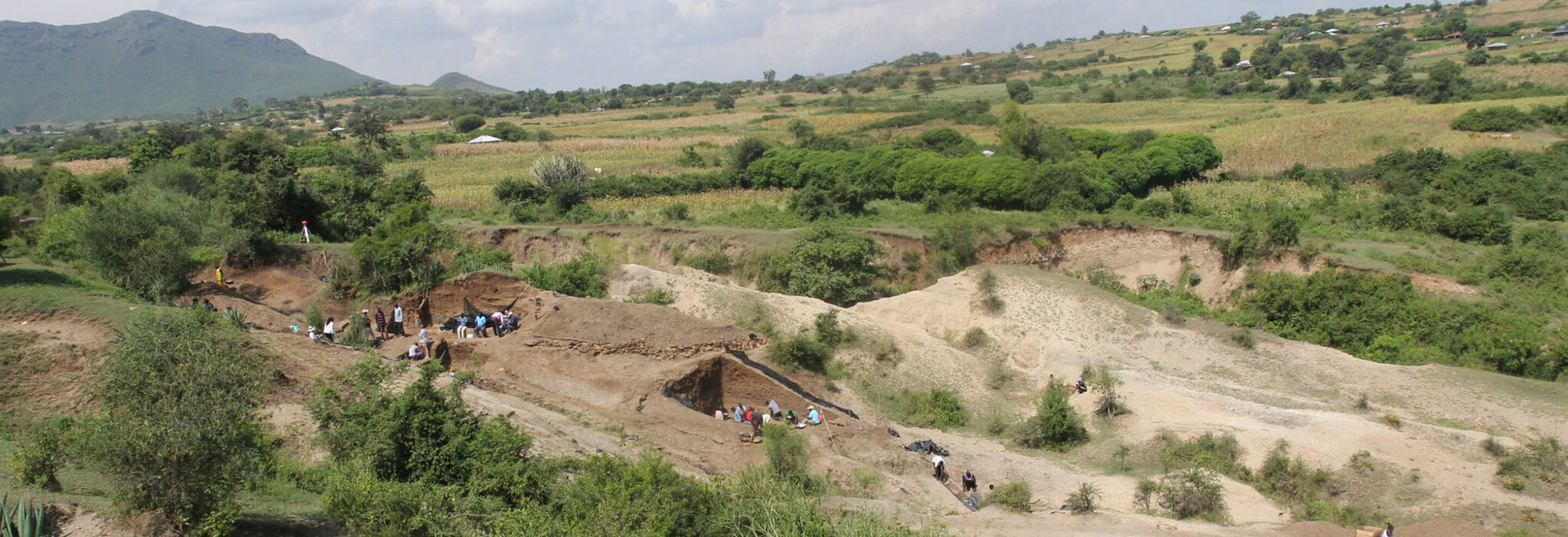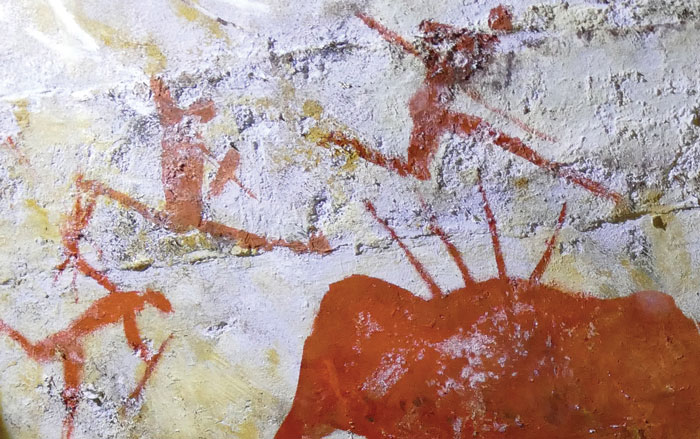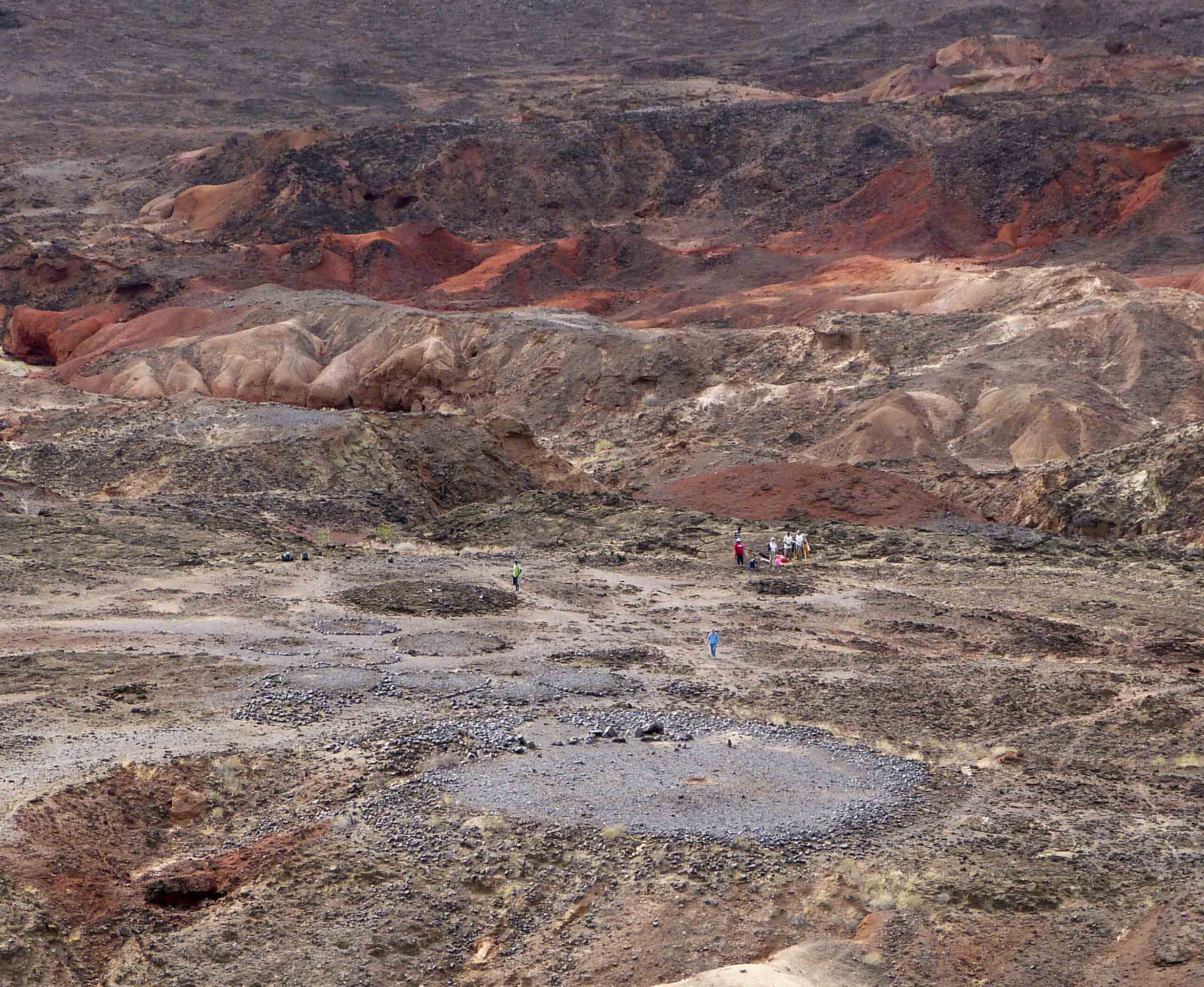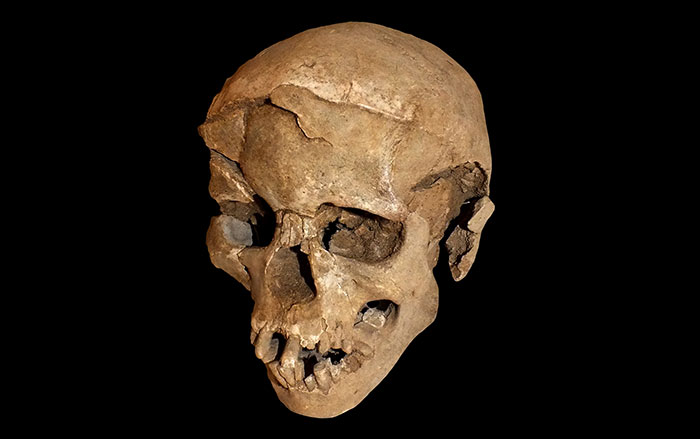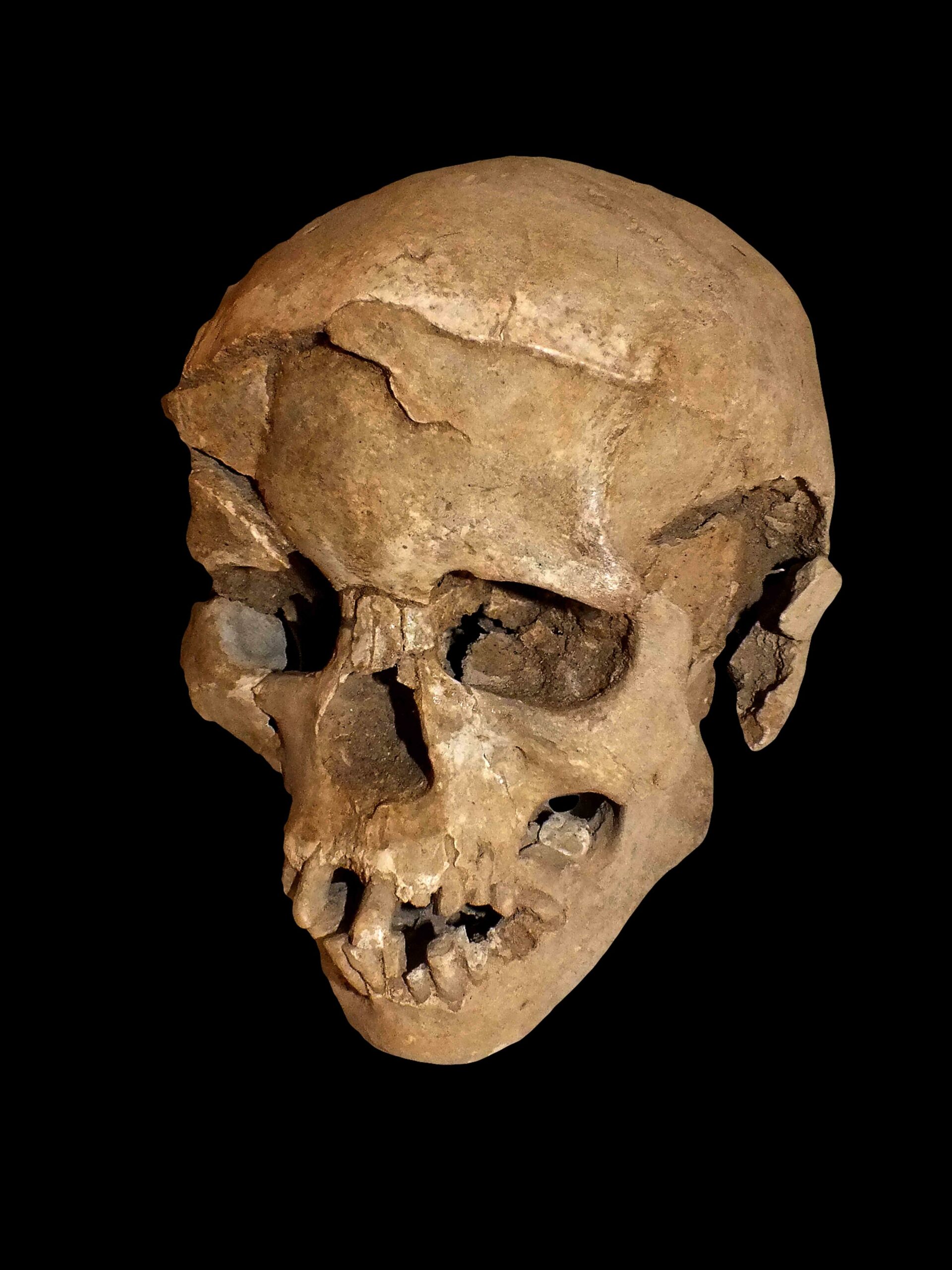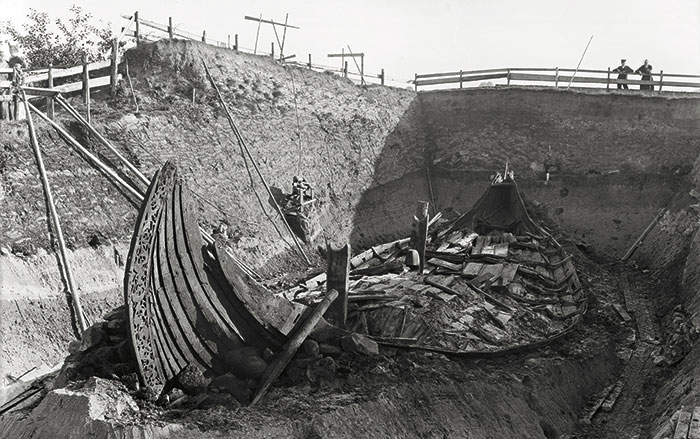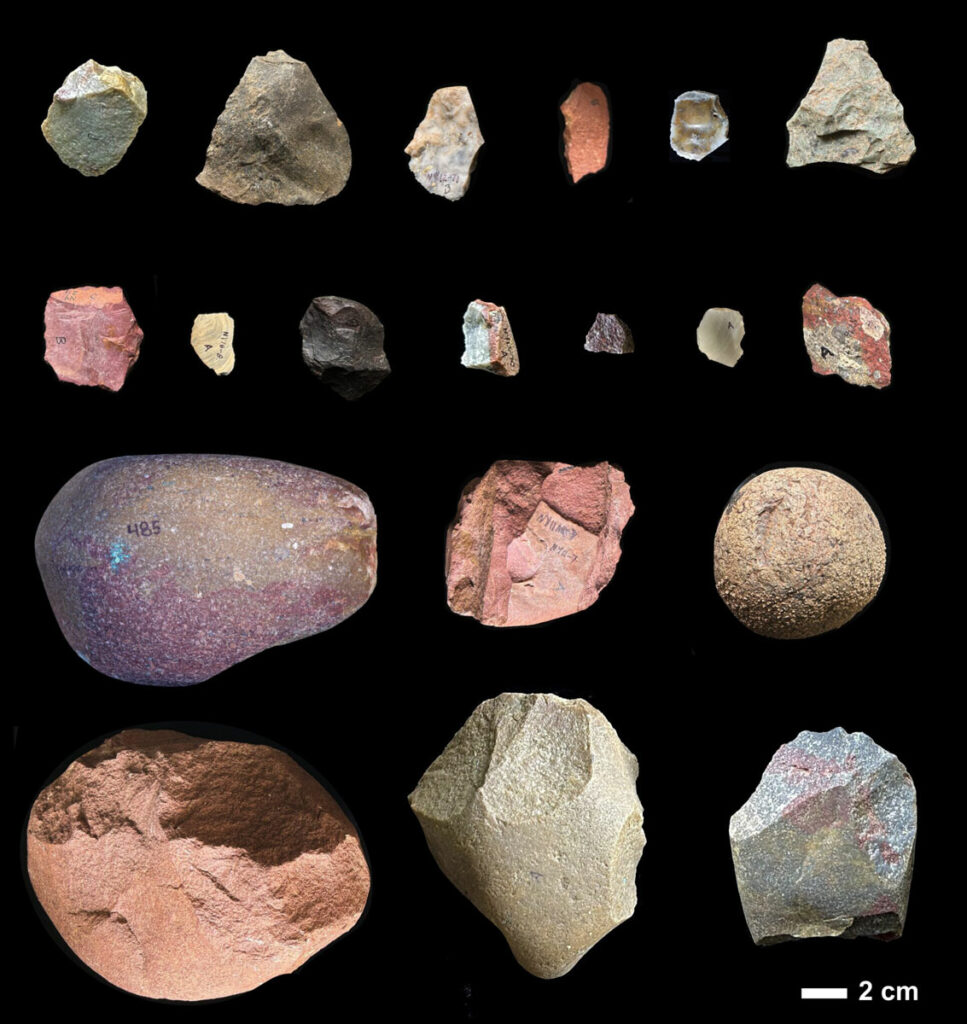
NYAYANGA, KENYA—Around three million years ago, early hominins developed what is known as the Oldowan toolkit to work wood, pound plant material, or process animal carcasses. To create these specialized tools, our human ancestors used hammerstones to strike at stone cores and create sharp-edged flakes. Finding the right rocks was integral, as Oldowan tools needed to be shaped from stones that were strong, yet also brittle enough to easily flake. According to a statement released by the Leakey Foundation, new research suggests that early humans were surprisingly capable of identifying sources of suitable stones and transporting them over long distances. The evidence comes from the site of Nyayanga on Kenya’s Homa peninsula, where excavations uncovered a trove of fragmentary stone tools. Local rocks in the area were relatively soft, however, and would have resulted in poor utensils. Using geochemical and geological analysis, researchers determined that 2.6 million years ago, the site’s occupants routinely traveled around six miles to another site on the peninsula in order to procure better source material, and then carried those stones back with them to Nyayanga. This is the earliest evidence of early hominins moving significant rocks over long distances and predates other known instances by around 600,000 years. This marks a major milestone in the history of human evolution as it demonstrates ancient hominins' ability to mentally map their environment and remember locations with high-quality stones. Read the original scholarly article about this research in Science Advances. To read about the earliest known stone tools discovered in Kenya, go to "The First Toolkit."


